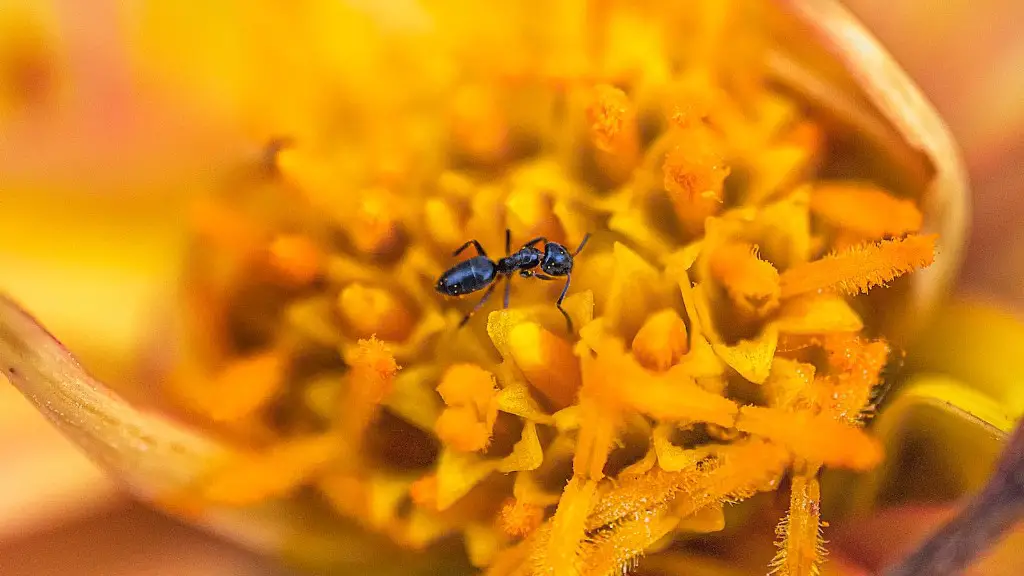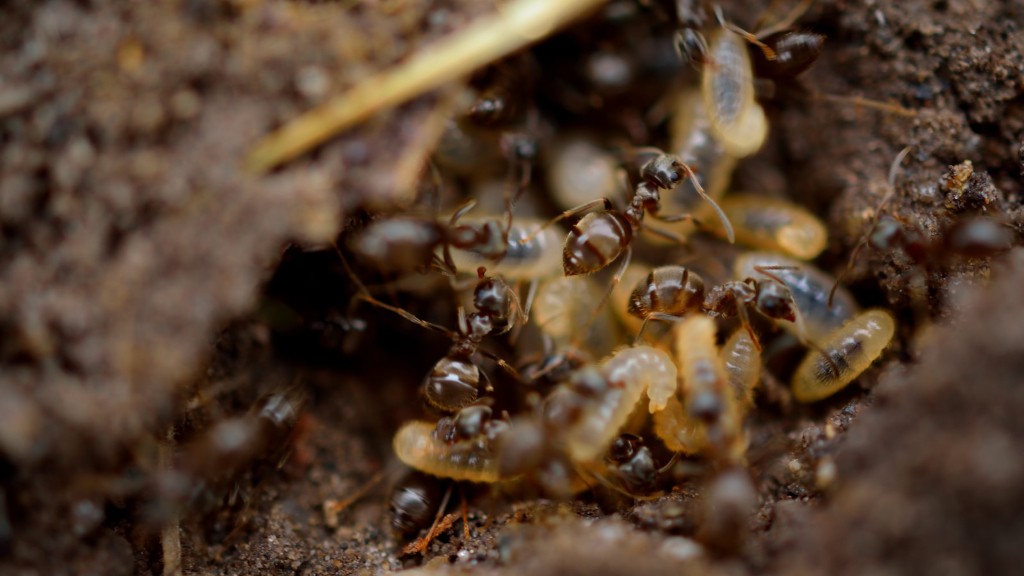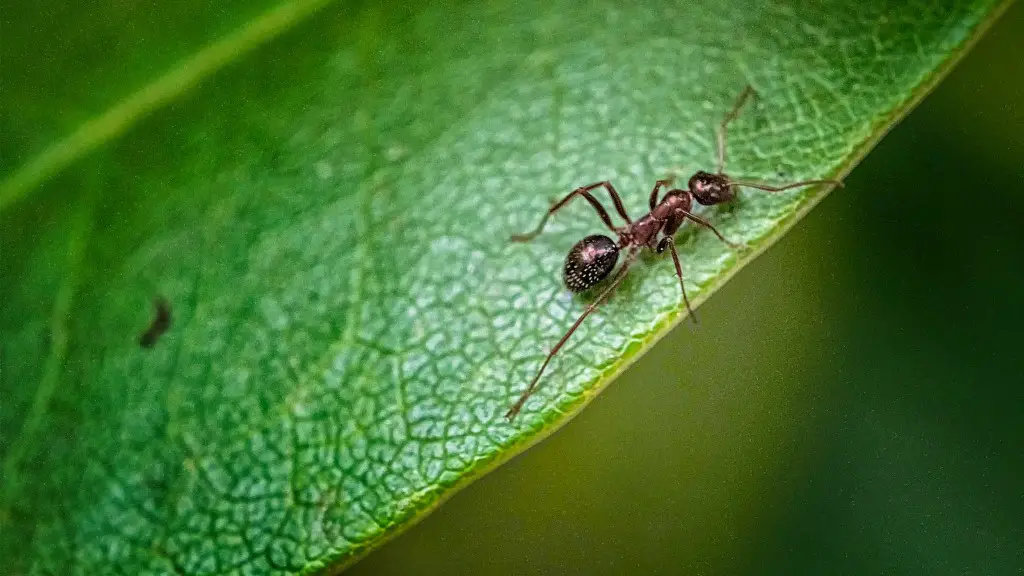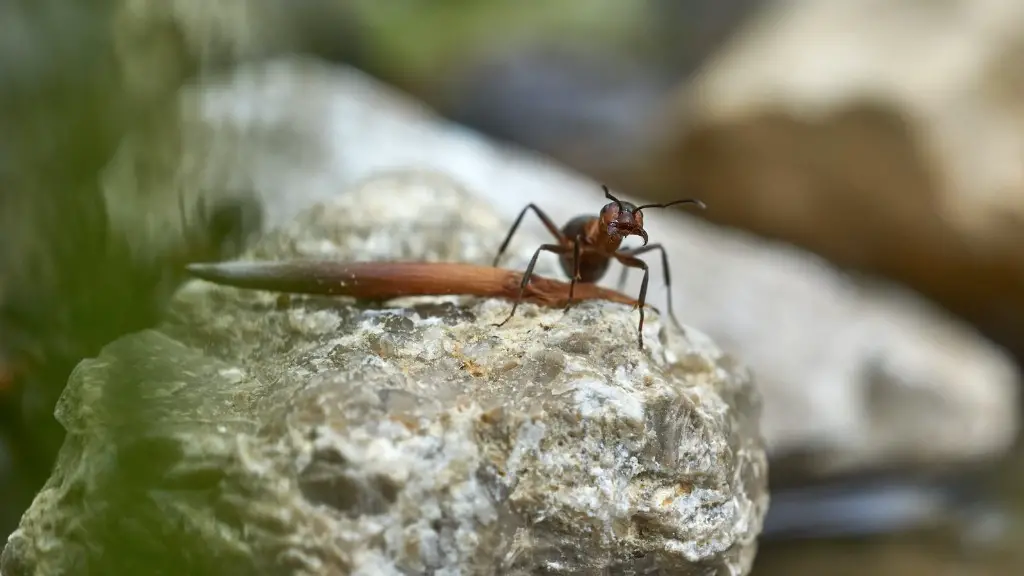Identifying Ants
Ants are small, typically black insects that live in colonies. They are social insects, meaning they often live in colonies, have a clear division of labour, and have the ability to recognise each other. To identify the type of ant you are dealing with, you need to observe their size, colour and shape. There are numerous types of ants, and this article will focus on how to kill the most common ant species.
Know Your Enemy
Eliminating existing ants and preventing them from coming back, means knowing where they are coming from and what they need to live. Before attempting to kill the ants, it is important to identify the colony. Ants will usually enter a structure from the outside and establish their home near food sources, such as pantry items or something sweet like a sugar bowl. It is best to find and remove any food sources that could be attracting the ants to your home.
DIY Solutions
DIY solutions are also available when it comes to killing ants.The most popular choice is diatomaceous earth, which is a naturally occurring, finely milled sedimentary rock that kills insects when they walk through it. It is non-toxic to humans and pets, but should not be breathed in due to the potential irritation it can cause. Ants can also be deterred by using a variety of essential oils. These oils work by masking the smell of food that could be attracting the ants. This method is safe to use in the home, but should be used to regularly clean high-traffic areas where ants are likely to enter.
Using Pesticides
Pesticides are another option for killing ants. Before using any pesticide, it is important to use the correct amount for the size of the ant problem, and to select a product that is effective against the species of ants in your area. Most pesticides work by eliminating the ants on contact, which can leave behind a residue that erases future ant trails. It is important to follow the label’s instructions and make sure all surfaces are properly covered. Pesticides are not always safe for the home, but can be used in a responsible manner to prevent ant infestations.
Barriers & Traps
Barriers and traps are another way to prevent ants from entering the home. Traps are used to attract and kill ants, while barriers are used to physically prevent them from entering in the first place. It is important to regularly inspect the premises for any entry points. If there are any, you can use a combination of traps and barriers to prevent ants from entering.
Preventing Future Infestations
The most important step in killing and preventing ants from entering your home is regular cleaning. Ants need food and water to survive, so make sure all food sources are cleaned up—including counters, floors, and pets’ feeding areas. It is also important to eliminate any standing water, as ants are drawn to moist areas. If the ants continue to be a problem, consider installing ant-proofing around the premises. This includes caulk, liquid barriers and sealants to reduce the chances of the ants coming back in.
Getting Expert Assistance
If there is an ongoing ant problem in the home, it is best to consult a pest control expert. A professional inspection can reveal what type of ant infestation you are dealing with, and how best to eradicate them. They can also provide free advice on which products and techniques to use for long-term prevention.
Alternatives for Killing Ants
An environmentally friendly alternative to chemical pesticides is boric acid or borax, which is toxic to ants and can be used as a dusting agent and along crevices or entry points. It is important to keep it away from children and pets, and to not use it in locations that are prone to humidity. Sprays containing vinegar, lemon juice or citrus oils are also effective, and are safe to use around the home.
Equipment & Talents
Homeowners who are dealing with an ant infestation have a variety of options and equipment they can use to kill the ants. Depending on the type of ant, different techniques can be used, such as bait and traps, chemical sprays, dust, or even natural solutions like essential oils. It is also important to have the right tools, such as a vacuum and a variety of environmentally-friendly insecticides.
Preventing entrances
Another way to control ants is to prevent them from entering the house in the first place. This can be done by sealing up any potential points of entry, such as cracks and crevices, around windows and doors, and even gaps in the walls of a building. You can also use screens over windows and doors to stop the ants from entering, or even a glue or dust barrier around the perimeter of the building.
Combating Ants
Once the ants are inside, it can be difficult to eliminate them. Baits are one of the most effective ways of getting rid of ants, although they must be targeted correctly in order to be effective. Other methods include insecticides and traps, although these should only be used if all other methods fail. It is important to note that the use of insecticides can be harmful to pets, and so should only be considered as a last resort.
Controlling Ants
Once you have eliminated the ants, there are a few steps you can take to ensure they don’t come back. Regular inspection of the premises is essential, as is keeping all food sources, such as pet food, stored in airtight containers to prevent the ants from getting to it. It is also helpful to keep a supply of bait in areas where the ants are known to congregate. Finally, the use of natural insecticides and pest repellents can be used to deter the ants from coming back.



